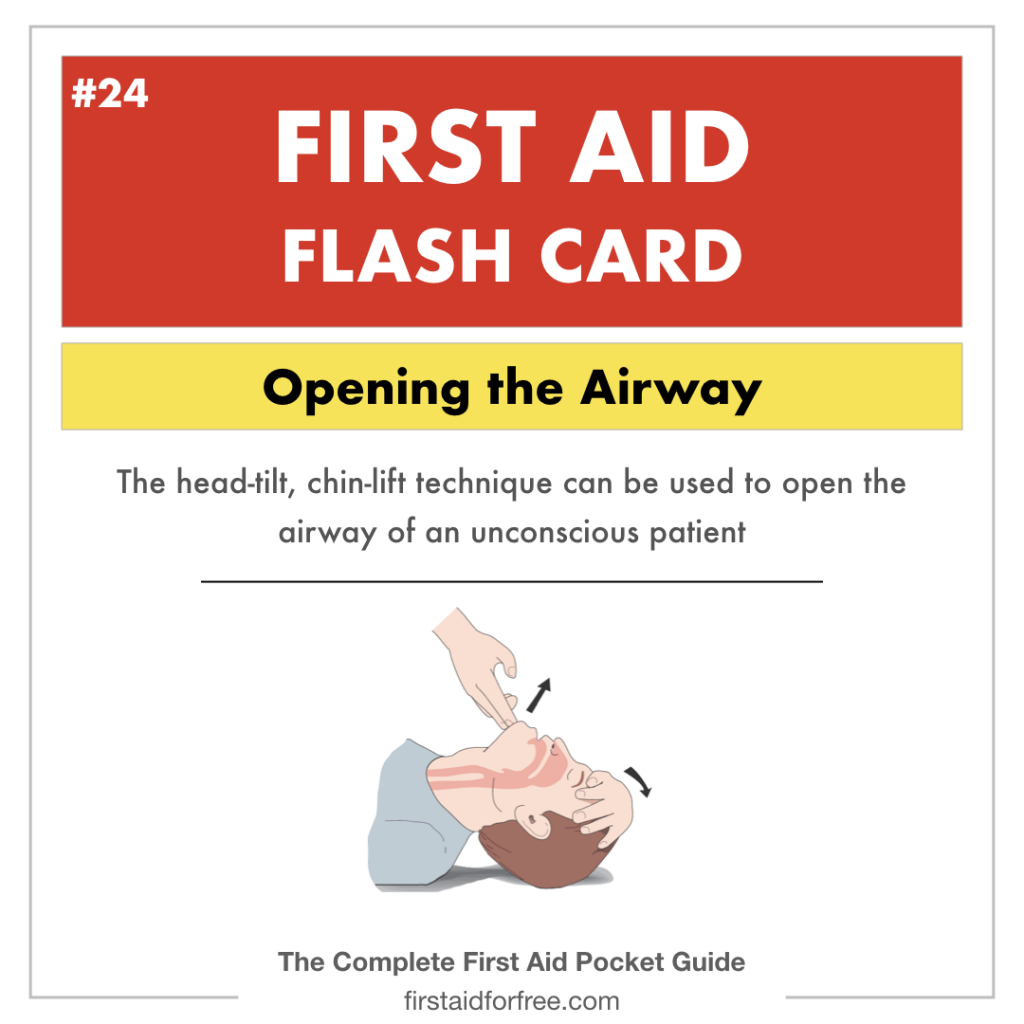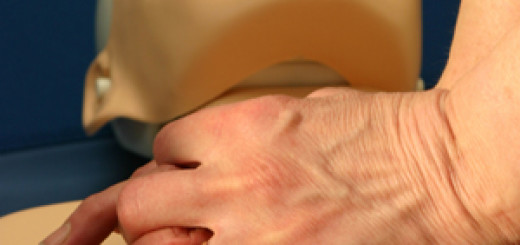When Should CPR be Performed on a Victim?
Cardiopulmonary Resuscitation (CPR) is a lifesaving first aid technique used to help a victim suffering from a cardiac arrest. High-quality CPR greatly improves the victim’s chances of survival from the cardiac arrest, especially when combined with early use of a defibrillator (AED).
However, when should you start performing CPR on a victim? How do you know as a rescuer when to commence resuscitation?
CPR should be performed on a victim in the following circumstances:
- The victim is unresponsive
- AND not breathing normally
Do not waste time checking for a pulse
When checking for breathing, ensure the victim’s airway is open. Perform a head-tilt, chin-lift to open the airway.

Once the airway is open, check for normal breathing by placing the side of your cheek just above the victim’s mouth.
Look at the chest wall, listen for breath sounds and feel for exhaled air on the side of your cheek. You should check for no longer than 10 seconds.
If you cannot detect normal breathing then immediately call EMS and commence CPR. A defibrillator should be sent for if there is one located nearby.
You may hear occasional ‘gasping’ type noises from the victim. This is known as agonal breathing and occurs immediately following a cardiac arrest. These are ineffective breaths and will not cause the rise and fall of the chest wall.
Agonal breathing should be ignored and CPR commenced as soon as possible. Remember, seconds count in a cardiac arrest situation and the sooner CPR is commenced the better chance of survival for the victim.





